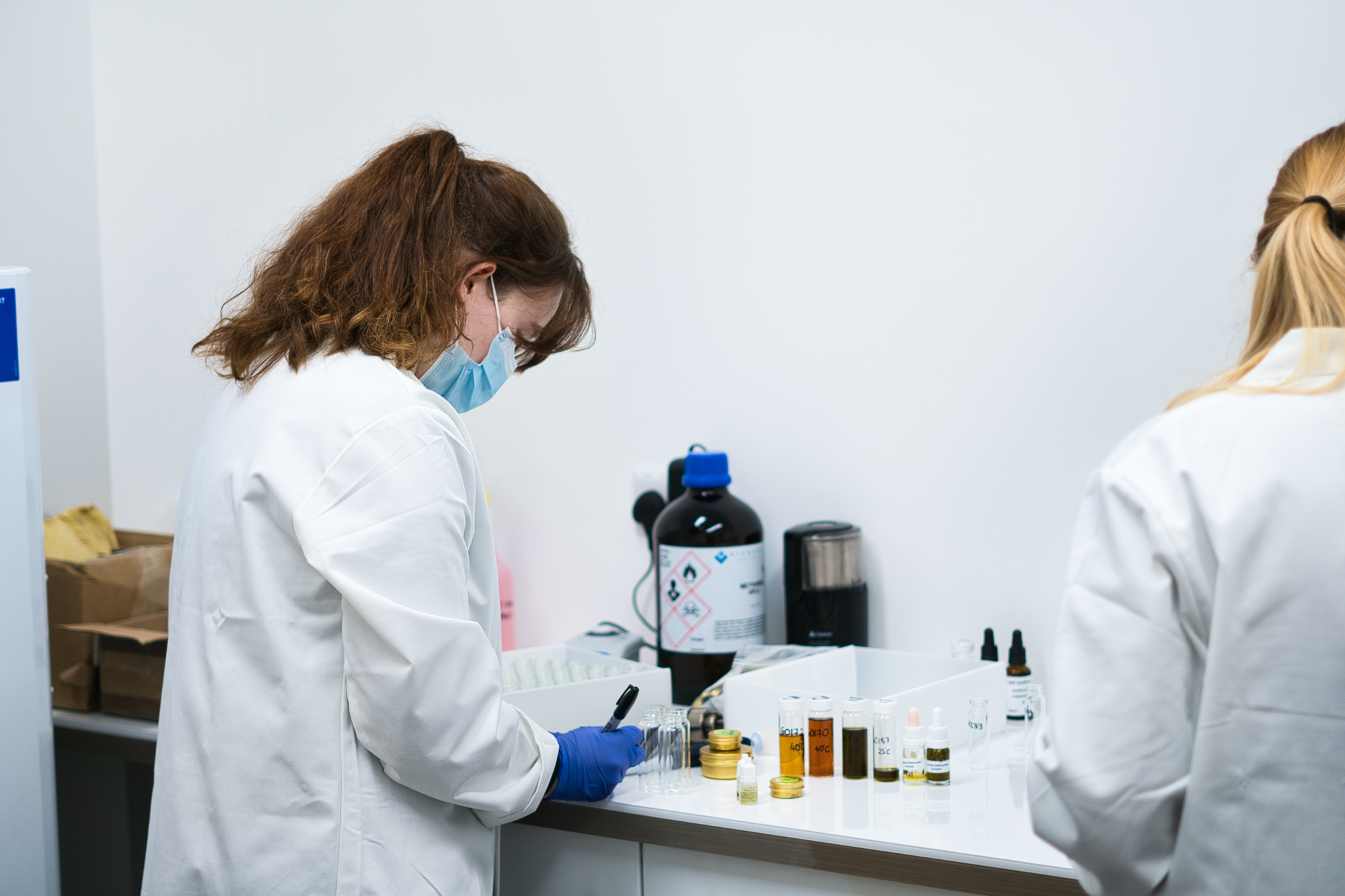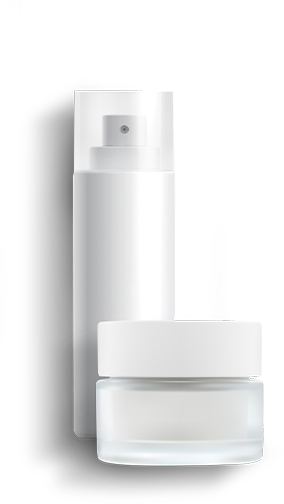How do you ensure that a cosmetic product is safe and well-tolerated when applied to the Periocular area, given the sensitivity of the skin and the potential for eye irritation?
Periocular acceptability, in the context of testing cosmetic products, refers to the evaluation of how well a cosmetic product is tolerated and accepted when applied in the periocular area. The periocular area refers to the skin around the eyes, including the eyelids and the area immediately surrounding the eyes.
Cosmetic products, such as eye creams, eyeliners, mascaras, and eye shadows, are often applied to the periocular area for various cosmetic purposes. Since the skin around the eyes is sensitive and delicate, it requires special attention and testing to ensure that cosmetic products are safe and do not cause adverse reactions.
Ensuring the safety and tolerance of a cosmetic product when applied to the periocular area involves a combination of testing, ingredient selection, and adherence to regulatory guidelines. Here are the steps and considerations:
Ingredient Selection:
- Choose ingredients that are known to be safe for use around the eyes. Avoid harsh or irritating ingredients.
- Use hypoallergenic and ophthalmologist-tested ingredients whenever possible.
- Conduct a thorough review of ingredient safety data and potential allergens.
Formulation:
- Develop a product formula that is specifically designed for the periocular area, considering the unique needs of this sensitive skin.
- Maintain pH levels that are compatible with the skin around the eyes.
- Ensure that the product is fragrance-free or uses only hypoallergenic fragrances.
Patch Testing:
Perform patch testing on a small group of individuals to assess skin reactions or sensitivities. This helps identify potential issues before a product is widely marketed.
Ophthalmologist Testing:
- If the product is intended to be used very close to the eyes (e.g., eyeliners or mascaras), consider ophthalmologist testing to assess its impact on the eyes. Ensure that the product does not cause eye irritation, blurred vision, or other eye-related problems.
Compliance with Regulations:
- Adhere to the regulations and guidelines set by relevant authorities (e.g., FDA in the United States, EU cosmetics regulations).
- Ensure that the product complies with specific requirements for eye area cosmetics.
Quality Control:
- Implement strict quality control measures during product manufacturing to prevent contamination or variations in product quality.
Clinical Testing:
- Conduct clinical testing with a larger group of volunteers to assess safety, tolerance, and potential irritations under controlled conditions.
Labeling and Instructions:
- Provide clear instructions for use, including warnings about avoiding contact with the eyes and steps to follow if the product accidentally gets into the eyes.
Post-Market Surveillance:
- Continuously monitor customer feedback and any reported adverse reactions to make necessary improvements or recalls if safety concerns arise.
Expert Consultation:
- Seek guidance from dermatologists and ophthalmologists to ensure that the product is safe and suitable for the Periocular area.
Take the next steps
If you would like to know more about the services ADSL provides or speak to a member of our Technical team please call +44 (0) 1803 520 048 or book a free video consultation with us using the Get Started link below.






